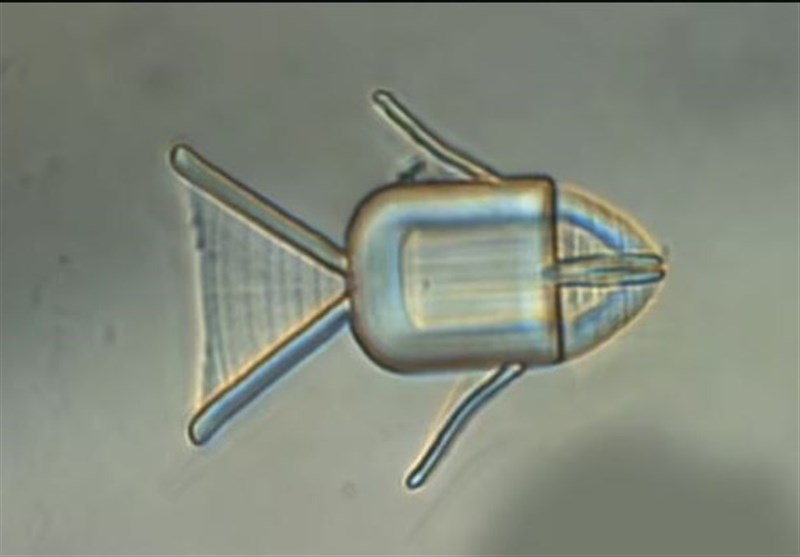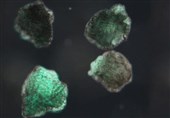Robot 'Fish' Could Be Used to Deliver Chemotherapy Drugs
TEHRAN (Tasnim) – Fish-shaped 'microrobots' could be used to deliver chemotherapy drugs directly into tumors, sparing cancer patients from some of the worst side effects of the treatment.
Measuring a hundredth of a millimeter in size, the microscopic robots were created by my Chinese scientists using a special 3D printing technique, from a gel that changes shape when exposed to different pH values, Head Topics reported.
They then bathed the 'fish' in an iron oxide solution, which makes them magnetic, before loading its 'mouth' with chemo medication. It could be injected into a blood vessel then guided my magnets to the location of a tumour. Cancer cells cause the pH levels in the fluids surrounding them to become more acidic and, reacting to this, the robot changes shape and opens it's 'mouth' discharging chemotherapy drugs contained inside.
The microscopic robots (pictured), which are one-hundredth of a millimetre in size, have been made my Chinese scientists using a special 3D printing technique, from a gel that changes shape when exposed to different pH levels. They have only been tested in petri dishes so far and the experts say, before they are put into use, the robots would have be made even smaller.
At present, chemo drugs are injected into body and travel through the circulation freely, killing cancer cells but also causing 'collateral damage' to healthy cells – and side effects, such as hair loss.The robots might offer a more precise way to administer these drugs, said the researchers.
Pollution raises blood pressure, living in areas of high air pollution may cause high blood pressure, a Spanish study suggests. Researchers at the Biomedical Research Institute of Málaga and other institutes recruited 1,100 volunteers between 2009 and 2010, who underwent physical screening. None had high blood pressure at the start of the study.
They also looked at air pollution levels where the volunteers lived and worked – based on measurements taken at air quality stations – specifically, at concentrations of compounds named particulate matter 10, or PM10, and particulate matter 2.5, or PM2.5.
Living in areas of high air pollution may cause high blood pressure, a Spanish study suggests. In 2016 the study group was reassessed, by which time 282 had developed high blood pressure, or hypertension. The scientists discovered than the volunteers who lived in areas where concentrations of PM10 and PM2.5 were highest – indicating that air pollution, in general, was worst – were almost 50 per cent more likely to have developed high blood pressure, than those who lived in areas of least pollution.
Lead researcher Gemma Rojo, said: “Our data is consistent with a large body of evidence suggesting that air pollution may contribute to the pathogenesis of hypertension.’






